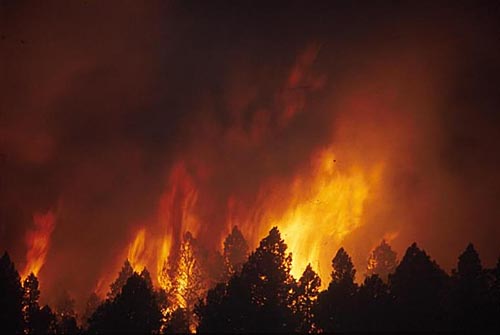Imagine how much good we could do in this life if we had unlimited resources. If money were no object, we could cure nearly all the world’s ills and create better lives for everybody, right?
Fifty-seven years ago, President Lyndon Johnson declared “unconditional war on poverty.” Over 200 federal programs and $28 trillion later – that’s three and a half times the cost of all America’s wars combined – the percentage of Americans living below the official poverty line remains almost unchanged.
Another example: The United States spends over $14,000 per student on elementary and secondary education, 37 percent higher than the average in other countries, and $34,000 per student on higher education, more than double the worldwide average. Yet Pew Research finds the US ranked 38th in math and 24th in science, compared against 71 other countries. And American schools continue to graduate students who cannot read at high school level, nor demonstrate basic knowledge of their country’s history, civics, or government. Spending increases every year; performance declines.
Is it possible that there are things, besides love, that money just can’t buy? Can’t massive infusions of government funding at least improve the management of things the government is in charge of managing?
The question arose because of the Biden Administration’s announcement last month of a ten-year, $50 billion strategy for addressing the national forest fire crisis. The U.S. Forest Service (USFS) total budget in 2020 was $5.14 billion. So an increase of $5 billion per year, for ten years, as Biden’s plan suggests, would double spending on the national forests. The intent is to reduce wildfire risks on 20 million acres of national forests in the West. It sounds huge, though it’s only a fifth of the 100 million national forest acres that have been lost to catastrophic fires in the past 20 years. Still, treating 20 million acres to ensure healthy forests and prevent massive fires that destroy the environment, homes, and lives would certainly be a good thing. Not to mention the jobs such a program would support, the habitat it would improve, and the impact it could have on lumber prices.
Most westerners would support such spending, on the theory that if government is to own all this land, they expect it to be managed. Yet they also have a healthy degree of skepticism, as they have seen this movie before, and many sequels. The U.S. government spends far more on forest management today than it did 50 years ago, yet national forests have died, rotted, fallen down, and burned during that period. Congress has addressed the crisis numerous times, including the Healthy Forests Restoration Act of 2003, sponsored by Colorado Rep. Scott McInnis. The 2014 Farm Bill gave the Forest Service new “categorical exclusions” authority for clearing insect and disease damage. The Healthy Forests bill was further expanded in 2018, adding wildfire to the list of management strategies with “categorical exclusions.” All of those laws gave the Forest Service more authority to act quickly, streamlining the environmental review process to make on-the-ground “treatment” of at-risk forests more efficient and faster. But none of them have solved the problem, despite USFS begging Congress for these management tools, and getting them. Yet USFS websites listing “landmark forest management laws” don’t even mention these.
There is a short, simple, and sad reason for that. The agency is dominated by a decades-old culture that opposes cutting trees, and decries any private company profits from managing public lands. Congress has provided authority to thin overgrown forest tinderboxes, but USFS doesn’t want to, no matter how many forests burn. That culture killed most of America’s timber industry over the last quarter-century, so now even when good managers need to work with industry partners on restoration projects, there is almost no industry left to partner with. That’s why Arizona’s landscape-scale “Four Forest Restoration Initiative” hasn’t gone anywhere yet – there just aren’t enough loggers or mills left for the amount of work needed.
Part of the Biden plan will be well-received by federal forest bureaucrats – the part that increases funding for “prescribed fires.” Many managers would still rather burn forests than allow forest product companies to make a profit clearing the overgrowth. They won’t give back the money, of course, but we are likely to remain skeptical about whether they’ll spend it wisely thinning forests to a more natural, sustainable level.
Can any amount of money buy the cultural change the Forest Service needs? The trees, and the coming fire season, will let us know soon enough.





Comments on this entry are closed.